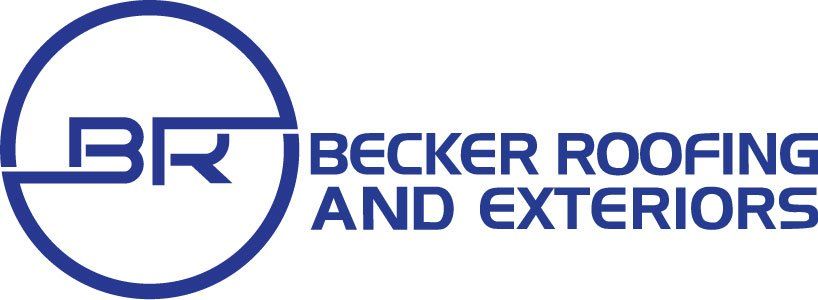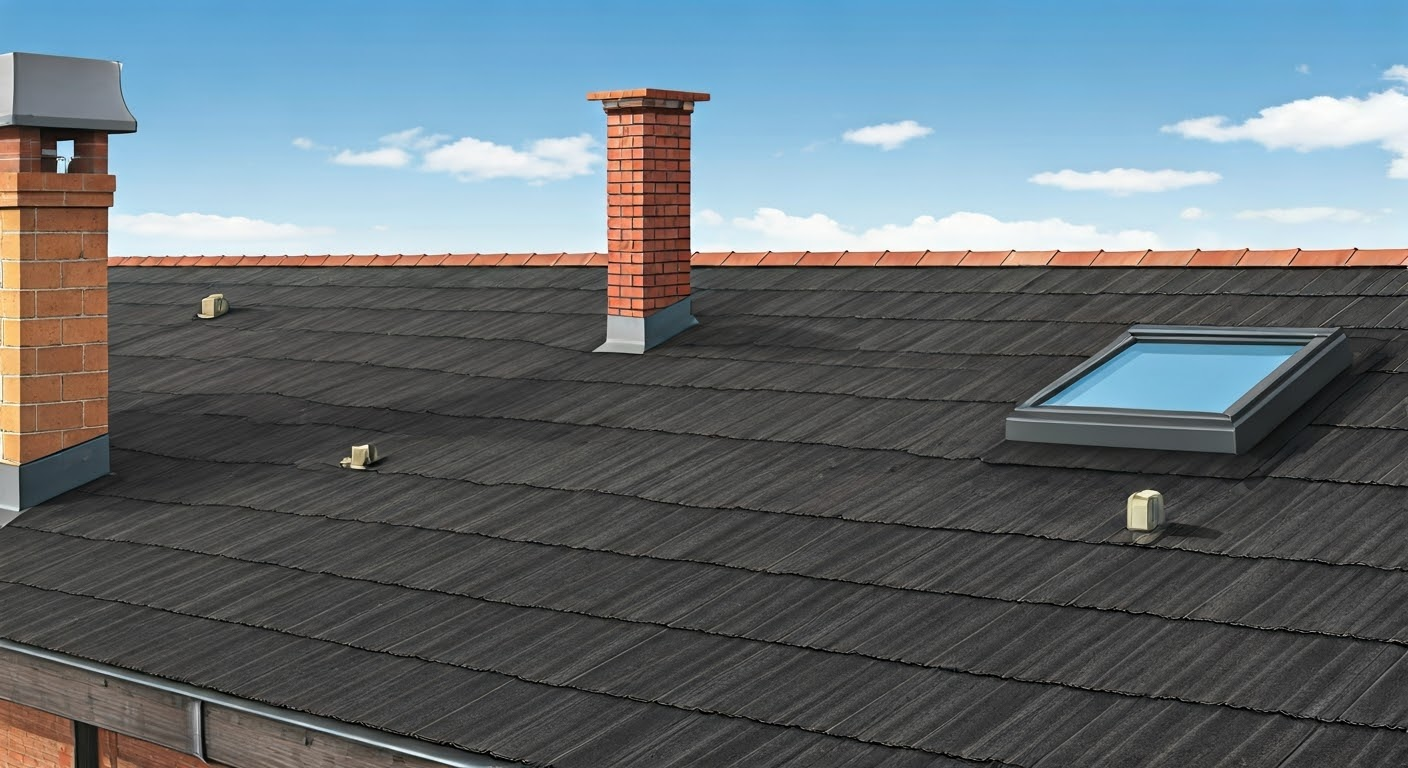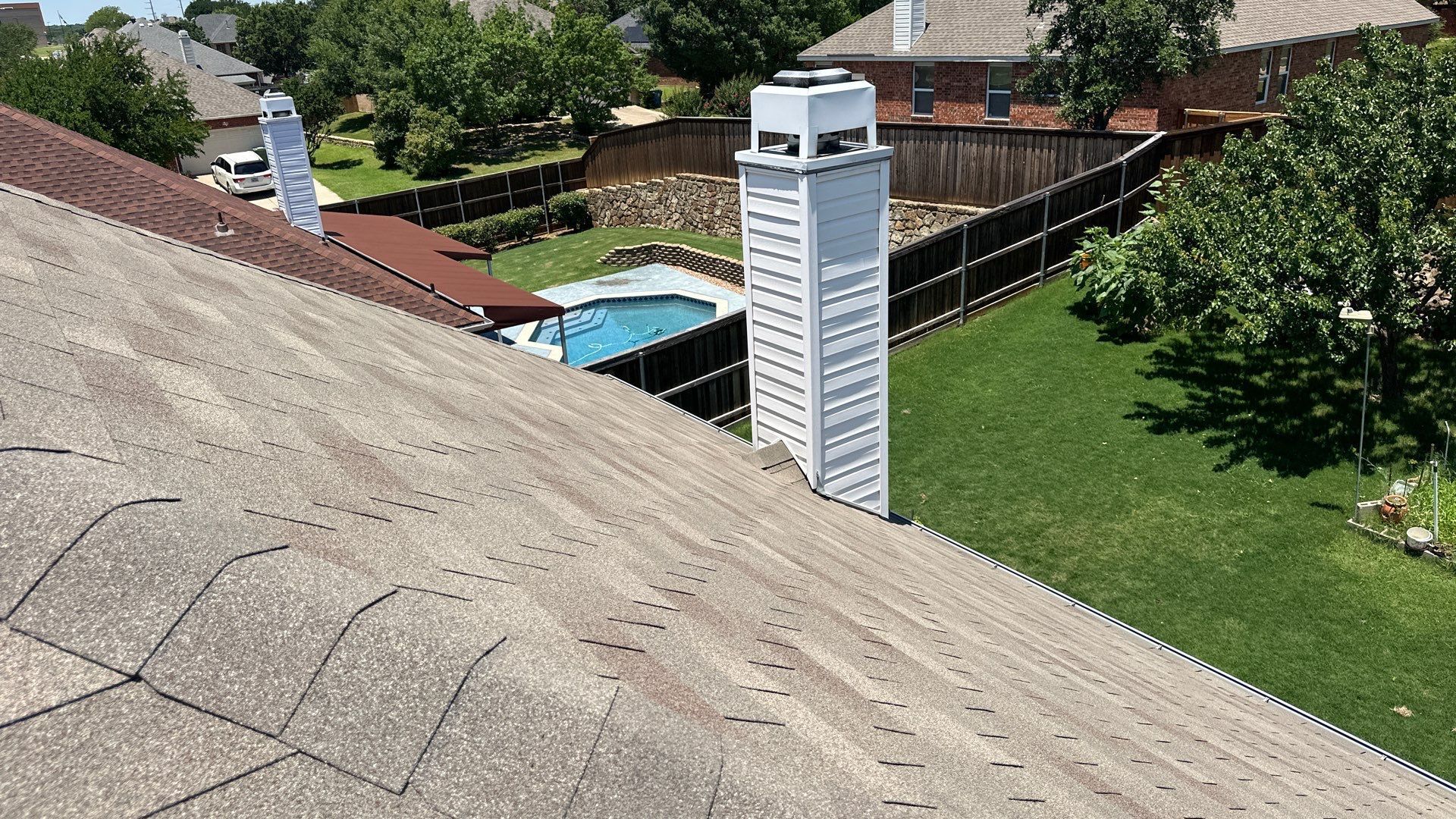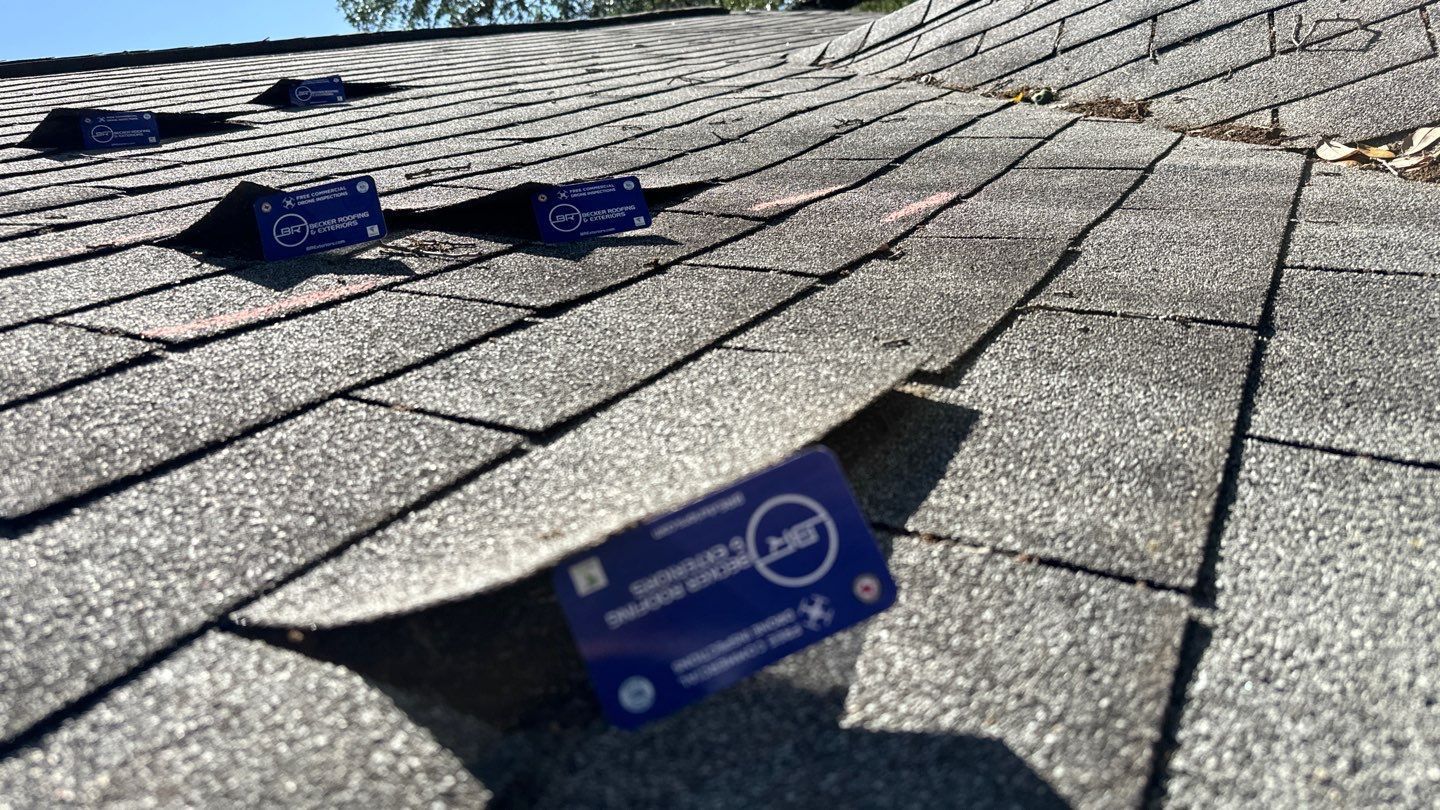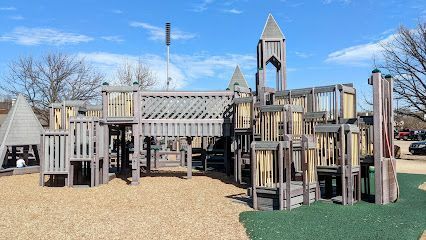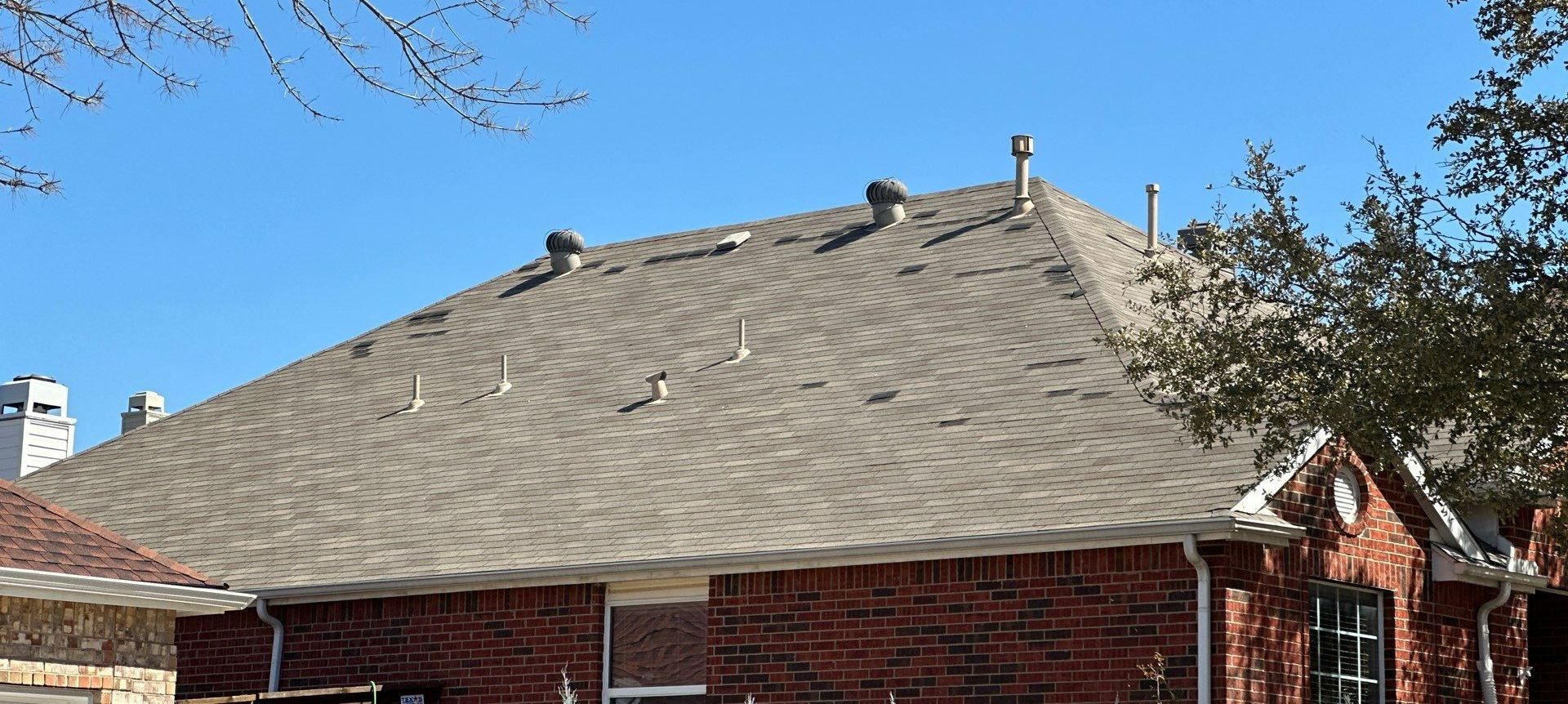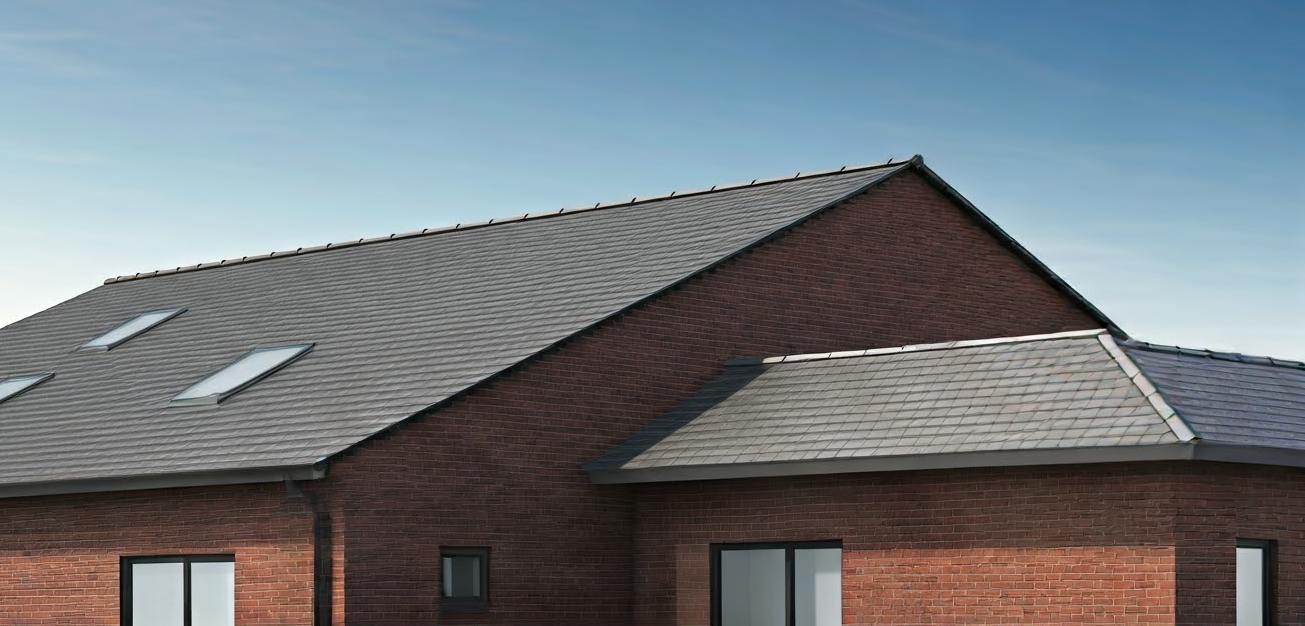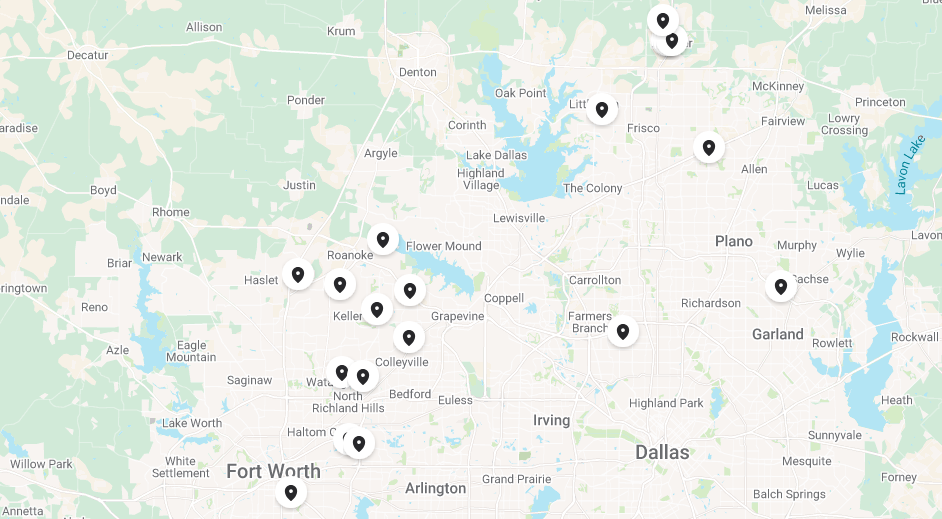Repairing 36-Inch Shingles with Metric Shingles: A Guide
Can 36-inch laminated asphalt shingles be repaired with metric-sized laminated asphalt shingles? Find out on our blog.

Can 36-Inch Shingles Be Repaired with Metric Shingles?
Key Highlights
- Asphalt shingles are a popular roofing material used by homeowners and manufactured by various roofing manufacturers.
- These shingles are designed to withstand wind uplift and thermal expansion, while also effectively shedding water.
- It is possible to repair 36-inch shingles with metric shingles, but there are certain risks and considerations that homeowners should be aware of.
- Mixing different shingle types can potentially lead to roofing failures, such as leaks and damage to the roof system.
- The use of different shingle sizes may also have implications for home insurance policies, as it may not comply with building codes and the recommendations of roofing contractors.
- While there are short-term benefits to mixing shingle types for repair, such as the ease of application and the use of roof cement, there are also long-term considerations and drawbacks to consider, such as the service life of the repair and the impact on roof slope and components.
Introduction
Asphalt shingles have long been a popular choice for residential roofing due to their affordability, durability, and aesthetic appeal. They are manufactured by various roofing manufacturers and come in different sizes and types to meet the specific needs of homeowners. One common size of asphalt shingles is the 36-inch shingle, which has been widely used for many years. However, with the introduction of the metric system in certain regions, metric-sized shingles have also become available. This raises the question: Can 36-inch shingles be repaired with metric shingles? In this blog, we will explore the key highlights, risks, and considerations associated with repairing 36-inch shingles with metric shingles. We will also discuss expert opinions, the role of adhesive technology, and provide guidelines for homeowners considering shingle repair. By understanding the pros and cons of shingle repair with different sizes, homeowners can make informed decisions about their roofing needs.
Understanding Shingle Sizes and Types
When it comes to asphalt shingles, it's important to understand the different sizes and types available in the market. Shingle sizes are typically measured in inches, with the 36-inch shingle being one of the traditional sizes used in residential roofing. These shingles are designed to cover a vertical surface, providing a thin layer of protection over the roof deck. In contrast, metric shingles, which are measured in metric units, are a newer development in the roofing industry. They have undergone testing to determine their physical properties and performance. Understanding the basics of 36-inch shingles and metric shingles is crucial in evaluating the feasibility of using them interchangeably for repairs.
The Basics of 36-Inch Shingles
36-inch shingles are a traditional size used in residential roofing. They are designed to cover a vertical surface, such as the sides of a roof, and provide a thin layer of protection. These shingles are typically made of asphalt and are applied over the roof deck, which acts as the foundation for the roofing system. The 36-inch size refers to the length of the shingle, with a standard width of 12 inches. These shingles are commonly used for their ease of installation and their ability to shed water effectively. However, they may have limitations when it comes to wind uplift and thermal expansion. It is important to consider these factors when thinking about repairing 36-inch shingles with metric shingles.
Metric Shingles Explained
Metric shingles are a newer development in the roofing industry and are measured in metric units. They have undergone testing to determine their physical properties and performance. These shingles are designed to meet the needs of modern roofing systems and are often manufactured using advanced technologies. The use of metric units allows for more precise sizing and installation, ensuring better compatibility with other roofing components. The physical properties of metric shingles, such as their wind resistance and thermal performance, are tested according to industry standards. This ensures that they meet the necessary requirements for durability and functionality. Understanding the characteristics of metric shingles is essential in assessing their suitability for repairing 36-inch shingles.
The Risks of Mixing Different Shingle Types
Mixing different types of shingles, such as 36-inch shingles and metric shingles, can pose certain risks and challenges. One potential risk is the potential for roofing failures, such as leaks and damage to the roof system. The use of different shingle sizes may also have implications for home insurance policies, as it may not comply with building codes and the recommendations of roofing contractors. It is important for homeowners to consider these risks and challenges before deciding to mix shingle types for repairs.
Potential Roofing Failures
Mixing different shingle types can potentially lead to roofing failures. One potential failure is the compromised integrity of the roof system. When different shingle sizes are mixed, it can result in uneven surfaces and gaps that allow water to seep through, leading to leaks and water damage. Additionally, the use of different shingle sizes may require the use of roof cement or other adhesive materials to secure the shingles in place. If these materials are not applied correctly or if they fail over time, it can result in shingle displacement and potential damage to the roof system. Furthermore, mechanical equipment used during the repair process, such as nail guns or hammers, may cause unintended damage to the shingles if not used properly. It is important to consider these potential failures when mixing different shingle types for repairs.
Implications for Home Insurance Policies
When mixing different shingle types for repairs, there may be implications for home insurance policies. Insurance companies often have specific requirements and guidelines regarding roofing materials and installation methods. Mixing shingle sizes may not comply with these requirements, which could potentially affect the coverage provided by the insurance policy. Additionally, building codes and regulations may also dictate the use of specific roofing materials and installation methods. Roofing contractors are knowledgeable about these codes and regulations, and they can provide guidance on the best practices for shingle repairs. It is important for homeowners to consult with their insurance providers and roofing contractors to ensure that the use of different shingle types complies with their policies and meets the necessary standards for a properly functioning roof membrane.
Pros and Cons of Shingle Repair with Different Sizes
Repairing shingles with different sizes comes with both advantages and disadvantages. On one hand, mixing shingle types can provide short-term benefits, such as the ease of application and the use of roof cement to secure the shingles in place. This can expedite the repair process and provide temporary protection for the roof. However, there are also long-term considerations and drawbacks to consider. These include the service life of the repair, the impact on the roof slope, and the compatibility of different shingle types with other roof components. Homeowners should weigh these pros and cons before deciding to mix shingle sizes for repairs.
Short-Term Benefits of Mixing Shingle Types
Mixing shingle types repairs can provide several short-term benefits. One of these benefits is the use of roof cement to secure the shingles in place. Roof cement is a flexible adhesive material that can be applied to the underside of the shingles to create a strong bond between the shingle and the roof deck. This can help prevent water infiltration and provide temporary protection for the roof. Additionally, some shingles may come with a release paper that allows for easy application and removal of the shingles. This can expedite the repair process and make it more convenient for homeowners. However, it is important to note that these short-term benefits may not outweigh the long-term considerations and drawbacks of mixing shingle types for repairs.
Long-Term Considerations and Drawbacks
While there are short-term benefits to mixing shingle types for repairs, there are also long-term considerations and drawbacks to consider. One of these considerations is the service life of the repair. Shingles with different sizes and specifications may have different lifespans, which can affect the overall durability and longevity of the roof. Additionally, mixing shingle types can impact the roof slope, which can affect the shedding of water and the overall performance of the roof. Furthermore, different shingle types may not be compatible with other roof components, such as flashings and underlayment. This can result in gaps and areas of vulnerability that may lead to leaks and other roofing issues over time. It is important for homeowners to weigh these long-term considerations and drawbacks before deciding to mix shingle sizes for repairs.
Expert Opinions on Shingle Repairs
When it comes to shingle repairs, it is valuable to consider the opinions and insights of roofing professionals. These experts have extensive experience and knowledge in the roofing industry, and their insights can provide valuable guidance for homeowners. Roofing professionals often work with a variety of shingle types and have firsthand experience in the application and repair processes. They can provide insights on the use of roof cement, the application of different shingle sizes, and the potential risks and challenges associated with mixing shingle types for repairs. By consulting with roofing professionals, homeowners can make informed decisions about their shingle repair needs.
Insights from Roofing Professionals
Roofing professionals have valuable insights into shingle repairs and can provide guidance based on their experience in the industry. They can offer recommendations on the use of roof cement, which is a common material used in shingle repairs. Asphalt roof cement, in particular, is a flexible adhesive that can be applied to the underside of shingles to create a strong bond. Roofing professionals can also provide insights on the application of different shingle sizes, such as mixing 36-inch shingles with metric shingles. They can offer recommendations on the best practices for ensuring a secure and durable repair. Additionally, roofing professionals can provide guidance on the use of architectural shingles, which are a popular choice for residential roofing due to their durability and aesthetic appeal. By consulting with roofing professionals, homeowners can benefit from their expertise and make informed decisions about shingle repairs.
Case Studies: Successes and Failures
Examining case studies can provide valuable insights into the successes and failures of shingle repairs using different sizes. These case studies can shed light on the application procedures, such as the application of the bitumen or adhesive bonding, and the outcomes of the repairs. They can highlight the potential risks and challenges associated with mixing shingle types and provide examples of what works and what doesn't. By studying these case studies, homeowners can gain a better understanding of the practical implications of mixing shingle sizes for repairs. It is important to note that every case is unique, and the success or failure of a repair may depend on various factors, such as the specific shingle types, the application method, and the expertise of the installer.
The Role of Adhesive Technology in Shingle Repairs
Adhesive technology plays a crucial role in shingle repairs, especially when mixing different shingle sizes. Adhesive technologies, such as adhesive tape and roof cement, can provide the necessary bonding between the shingles and the roof deck. These adhesives are designed to withstand the environmental conditions and stresses that the roof may experience, such as wind uplift and thermal expansion. It is important to understand how different adhesive technologies differ in terms of their properties, such as abrasion resistance and resistance to bitumen seepage. Additionally, the compatibility of adhesives with different shingle types, such as bitumen membranes and butyl rubber, is a crucial consideration in ensuring the effectiveness of the repair.
How Adhesive Technologies Differ
Different adhesive technologies offer varying properties that can affect the effectiveness of shingle repairs. Adhesive tape, for example, provides a strong and durable bond between the shingles and the roof deck. It is designed to withstand abrasion and resist bitumen seepage, ensuring a secure and long-lasting repair. Adhesive tape also offers ease of application, as it can be easily applied to the underside of the shingles. On the other hand, roof cement is a flexible adhesive that can be applied more easily and provides a strong bond. However, it may have limitations in terms of abrasion resistance and resistance to bitumen seepage. Understanding the properties and limitations of different adhesive technologies is important in choosing the right adhesive for shingle repairs.
Importance of Adhesive Compatibility
When it comes to shingle repairs, adhesive compatibility is crucial in ensuring the effectiveness of the repair. Different shingle types may require different adhesives to achieve a secure and durable bond. For example, bitumen membranes may require adhesives that are specifically designed for their compatibility. Butyl rubber adhesives, on the other hand, may be more suitable for certain types of shingles. Additionally, the use of atactic polypropylene adhesives can provide enhanced bonding properties and resistance to environmental factors. It is important to consult with roofing professionals or adhesive manufacturers to determine the best adhesive for the specific shingle types being used for the repair. By ensuring adhesive compatibility, homeowners can have confidence in the longevity and effectiveness of their shingle repairs.
Guidelines for Homeowners Considering Shingle Repair
For homeowners considering shingle repair, there are certain guidelines and considerations to keep in mind. One important consideration is when to consider a professional roof inspection. Roofing materials may require professional expertise to assess their condition and determine the extent of the repair needed. Additionally, choosing the right materials for repair is crucial in ensuring the durability and functionality of the roof. This includes selecting asphalt roofing materials, such as asphalt felt and architectural panels, that are compatible with the existing shingles. By following these guidelines, homeowners can make informed decisions about their shingle repair needs.
When to Consider Professional Roof Inspection
Homeowners should consider a professional roof inspection when assessing the condition of their shingles and determining the extent of the repair needed. Professional roof inspections can provide valuable insights into the overall condition of the roof, including any underlying issues that may not be visible to the untrained eye. Roofing professionals can assess the integrity of the shingles, identify areas of damage or wear, and provide recommendations for repair or replacement. Additionally, professional inspections can evaluate the compatibility of different roofing materials and address potential concerns, such as capillary action and building construction. By consulting with roofing professionals, homeowners can ensure that their shingle repairs are thorough and effective, minimizing the risk of future issues and ensuring the longevity of their roof.
Choosing the Right Materials for Repair
Choosing the right materials for shingle repair is essential in ensuring the durability and functionality of the roof. Asphalt roofing materials, such as asphalt felt and architectural panels, are commonly used for repairs due to their compatibility with existing shingles. Asphalt felt, in particular, provides a protective layer between the shingles and the roof deck, enhancing the waterproofing and durability of the repair. Architectural panels, on the other hand, offer enhanced aesthetic appeal and can seamlessly blend with the existing shingles. It is important to consult with roofing professionals or manufacturers to determine the best materials for the specific repair needs. By choosing the right materials, homeowners can ensure a successful and long-lasting shingle repair.
Conclusion
In conclusion, understanding the implications of mixing different shingle types is crucial for the longevity and safety of your roof. While short-term benefits may be tempting, long-term considerations and drawbacks must be carefully evaluated. Expert opinions and case studies offer valuable insights into successful repairs and potential failures. Adhesive technology plays a significant role in shingle repairs, emphasizing the importance of compatibility for a durable solution. Homeowners should consider professional roof inspections and choose materials wisely for effective repairs. Ultimately, making informed decisions about shingle repairs ensures the protection and value of your home's roofing system.
Frequently Asked Questions
Can You Visually Distinguish Between 36-Inch and Metric Shingles?
Visually distinguishing between 36-inch and metric shingles can be challenging, especially from a distance. Both types of shingles have similar appearances and designs. However, the size difference can be observed by measuring the length and width of the shingle. Additionally, careful examination of the roof surface, roof area, and the presence of other roofing materials, such as roll roofing or metal flashing, can provide clues about the shingle size.
What Are the Long-Term Effects of Using Different Sized Shingles?
Using different sized shingles for repairs can have long-term effects on the roof. It can impact the service life of the repair, as different shingle sizes may have varying lifespans. Additionally, the use of different sized shingles can affect the vertical wall appearance, the overall surface area of the roof, and the compatibility of different roof assemblies. It is important to consider these long-term effects when deciding to mix shingle sizes for repairs.
How Do I Find a Reliable Contractor for Mixed Shingle Repairs?
Finding a reliable roofing contractor who specializes in mixed shingle repairs is crucial to ensure a successful and long-lasting repair. It is important to choose a contractor who is knowledgeable about building codes and test methods related to mixed shingle repairs. They should have experience in installing cap flashings and drip edges, as these are essential components for proper installation and water shedding. Additionally, it is recommended to ask for references and check their credentials to ensure they have the expertise and skills required for the job.
